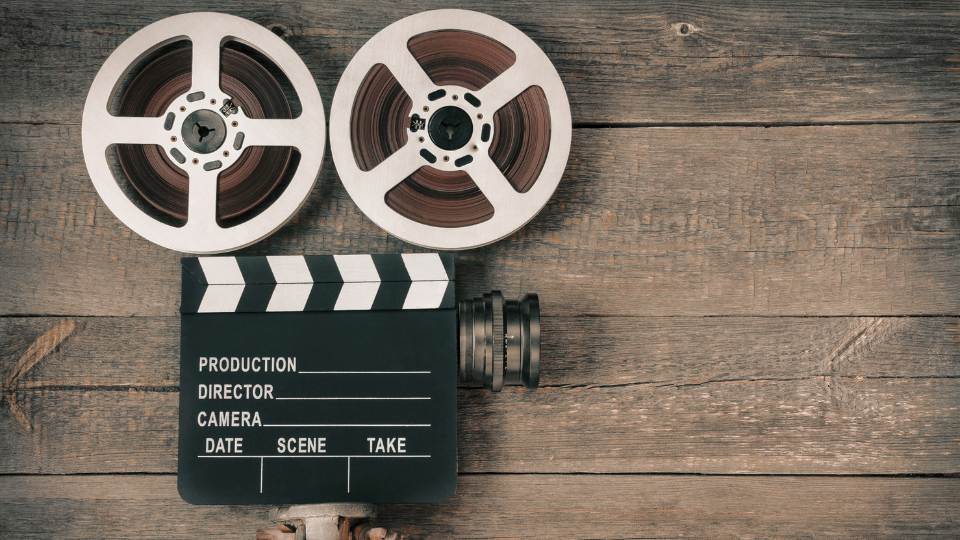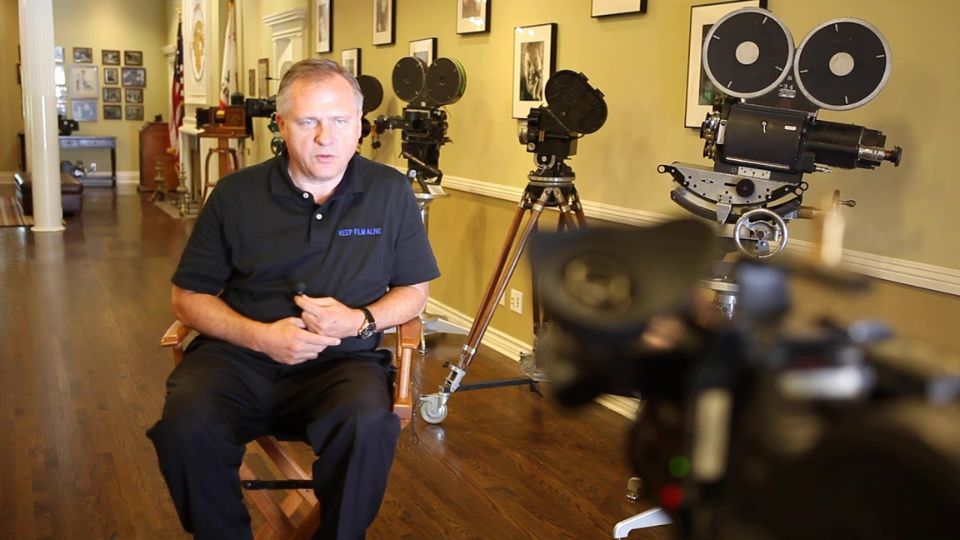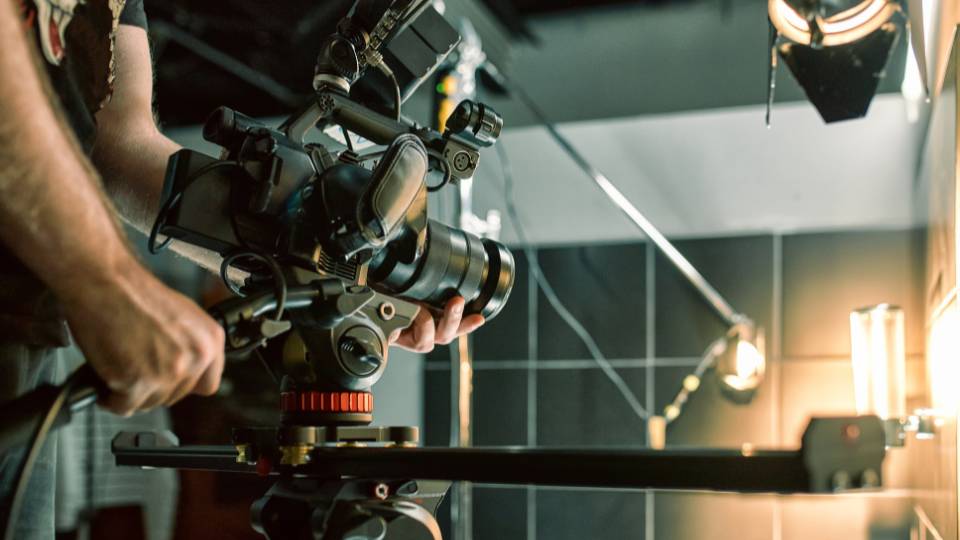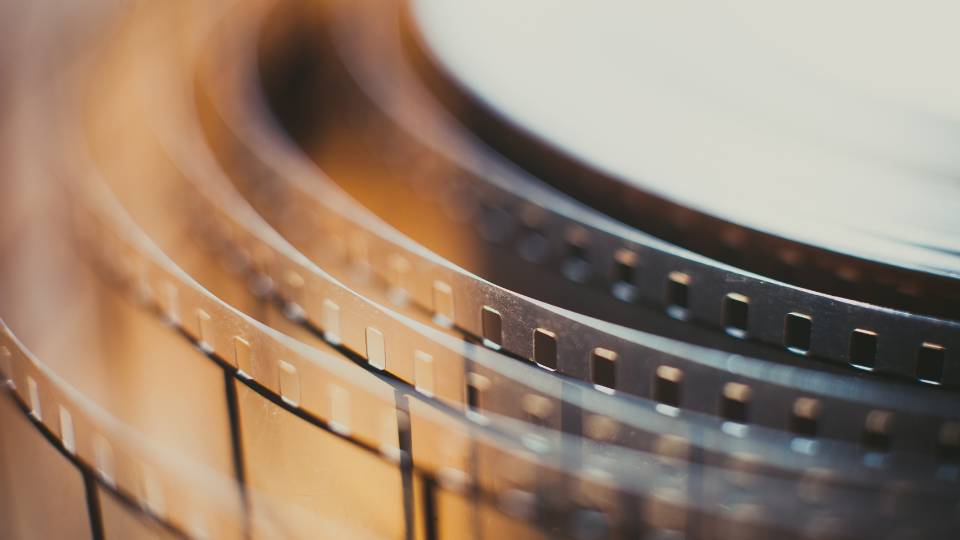
For some, celluloid film brings back memories of the black-and-white films and silent movies of a different era. But did you know that top-grossing feature films were exclusively shot on celluloid until the early 2000s?
Even now, hit films like these were filmed on traditional film stock, or mixed film formats.
- Jurassic World Dominion (2022), directed by Colin Trevorrow
- Death On The Nile (2022), directed by Kenneth Branagh
- Don’t Look Up (2021), directed by Adam McKay
- Eternals (2021), directed by Chloé Zhao
- No Time To Die (2021), directed by Cary Joji Fukunaga
- Wonder Woman 1985 (2020), directed by Patty Jenkins
- Tenet (2020), directed by Christopher Nolan
- Once Upon A Time In Hollywood (2019), directed by Quentin Tarantino
- Star Wars: The Rise of Skywalker (2019), directed by J.J. Abrams
Digital acquisition just surpassed celluloid film in the box office about 10 years ago, and it has dominated the big (and little) screen ever since. What prompted this swift transition to digital capture, and how do we keep the filmed-on-film tradition alive in the digital era?
We invited Sterling Sherrill to weigh in on the subject. Sherrill is currently directing KEEP FILM ALIVE, a documentary about celluloid film technology featuring interviews with key executives, filmmakers, and cinematographers on the importance of keeping traditional celluloid film available for filmmakers everywhere.
Here’s what he says about celluloid film and the digitization of cinema.

Celluloid Film Vs Digital Capture
Let’s get this question out of the way first: Is shooting on film better than digital capture?
Filmmakers choosing digital cameras do so for a host of reasons: familiarity, cost, convenience, workflow, etc. Yet, there is a thriving community in Hollywood and beyond that wholeheartedly supports celluloid film and the art it creates.
Proponents of film acquisition often speak of better resolutions, remaster capabilities, and movie preservation—since film can last hundreds of years, whereas digital formats are often phased out over time. In my opinion, it’s the natural film grain present during capture and projection that sets film apart from digital. The random way the silver halide crystals float in the emulsion layer creates unlimited, unique pictures—that’s the magic of film.
Some productions sought the best of both worlds, like Dune (2021)— shot on digital, transferred to film, then scanned back to digital. In this interesting article about the unorthodox decision, Dune cinematographer Greig Fraser, ACS, ASC, said: “For this film… it gave us something that film acquisition couldn’t give us, and it also gave us something that digital acquisition couldn’t give us.”
We could argue the film vs. digital debate for days (as I’m sure has been extensively covered on Reddit). In the end, choosing to shoot on film or digital cinema cameras should be a creative decision for the director to make based on the desired look and feel of their production.

The Rise of Digital Capture in Film
Not too long ago, every television show, commercial, documentary, and feature film was shot on celluloid. Now, nearly everything we watch is captured digitally. How did we get here?
Here are some compounding factors that, in a few years’ time, drove the filmmaking world to its tipping point.
- Recession. The 2008 global financial crisis weighed down production budgets. With less money to spend on a production, the price-per-reel cost of filming on celluloid came under scrutiny, and many turned to the fixed-price digital alternative.
- Threat of strike. Back before the SAG-AFTRA merger, there was a perceived threat that the Screen Actors Guild would go on strike. Filmmakers sought out talent from other labor unions, some of which had stipulations that required or recommended the use of digital film cameras. Even though the SAG strike never happened, many productions decided to go digital, just in case.
- Cell phones. The growing popularity of mobile phones had a profound impact on the camera industry. As the general public walked around with cell phone cameras in their pocket, they no longer needed small film cameras. Film and camera sales plummeted, forcing many film manufacturers and labs to close their doors for good. The effects of this echoed across global filmmaking markets as film supply drastically decreased.
- Bankruptcy. Kodak, the last remaining manufacturer of 35mm film, filed for bankruptcy in 2012. Surprisingly, this may have been what saved celluloid film stock from extinction as it sparked the Keep Kodak Open campaign (more on that later).
- Technology. Finally, the most critical factor of all, digital capture had become good enough to rival celluloid film. Digital advocates like George Lucas proved its worth on the big screen and helped bolster digital projection in theaters, building out the infrastructure needed to complete the digital transformation of motion picture film.

Saving Celluloid Film
The Keep Kodak Open campaign was instrumental in saving traditional film stock. When Kodak filed for bankruptcy in 2012, renowned filmmakers Christopher Nolan, J.J. Abrams, Quentin Tarantino, Martin Scorsese, and others lobbied in support of celluloid film.
A few years later, five major film studios (Disney, NBCUniversal, Paramount, Sony, and Warner Bros.) agreed to buy large quantities of motion picture celluloid from Kodak over time to help save the company’s film manufacturing business. And it worked—it saved film!
Those studios signed a new agreement in 2020 solidifying their support for celluloid film productions for years to come. Film is safe for now, but only time will tell if we’re doing enough to keep it alive for future generations.
Share your thoughts @snstweets.
Sterling Sherrill is a director and photographer based in Austin, TX. He is currently working on the documentary KEEP FILM ALIVE, in which he personally interviewed key film industry executives, cinematographers, and filmmakers about the rise, fall, and future of celluloid film technology.
About SNS
Studio Network Solutions (SNS) is a leading media technology company committed to helping video production teams around the world transform the way they store, share, and organize media. By combining scalable, high-performance shared media storage servers with powerful software and cloud workflow tools for teams working on-premise or remotely with Adobe® Premiere® Pro, Final Cut Pro®, DaVinci Resolve®, Avid® Media Composer®, and other creative applications, SNS solutions empower post-production, broadcast, and VFX teams in over 70 countries to create amazing content, faster. For more information, visit www.studionetworksolutions.com.
